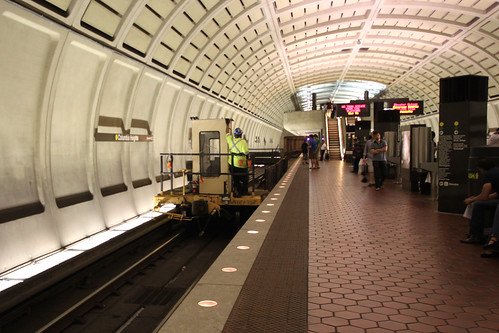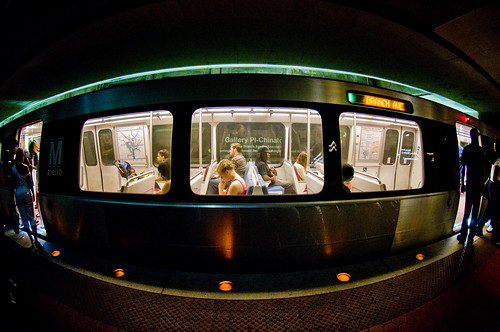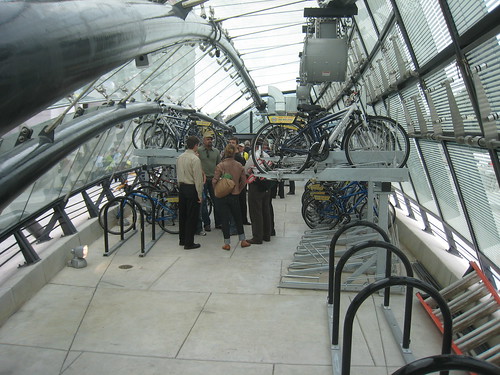How expensive is your parking karma – San Francisco Rolls Out Supply-and-Demand Pricing for Parking Meters
Gone are the ancient days of stodgy parking meters that ate coins and often malfunctioned. These days parking meters are getting some hi-tech love from Transportation Managers around many U.S.cities.
Apart from San Francisco, many U.S. cities are currently testing and trying out new methods to allow people to find and pay for parking. One among them is Washington, DC, which is now testing out a pilot program that allows for paying for parking via cellphones.
If that is not enough, hi-tech companies like Google are helping people land some good parking karma. Google’s Open Spot application for its Android-powered phones (running OS version 2.0 or higher) lets you know where people are leaving their parking spots.
At the end of the day, the general public should be feeling happy to know there have some help on the way to locate and pay for the much-vaunted parking spots in the busy downtown neighborhoods.
To reduce congestion, San Francisco is aiming to have one spot open at all times on every block. Here’s how the plan works: A network of wireless sensors lets the city keep track of which parking spots are empty. If a particular block never has available spots, the city raises the meter rates until it does. In places where parking is plentiful, rates fall. As an added bonus, this information-age system lets residents check the rates and availability of parking online before deciding to drive.
The system is expected to increase revenue from parking meters, but decrease revenue from traffic tickets. How this will balance out for the city budget is unclear. Also unclear: Just how high the prices will go. Will there be $10 per hour parking?









